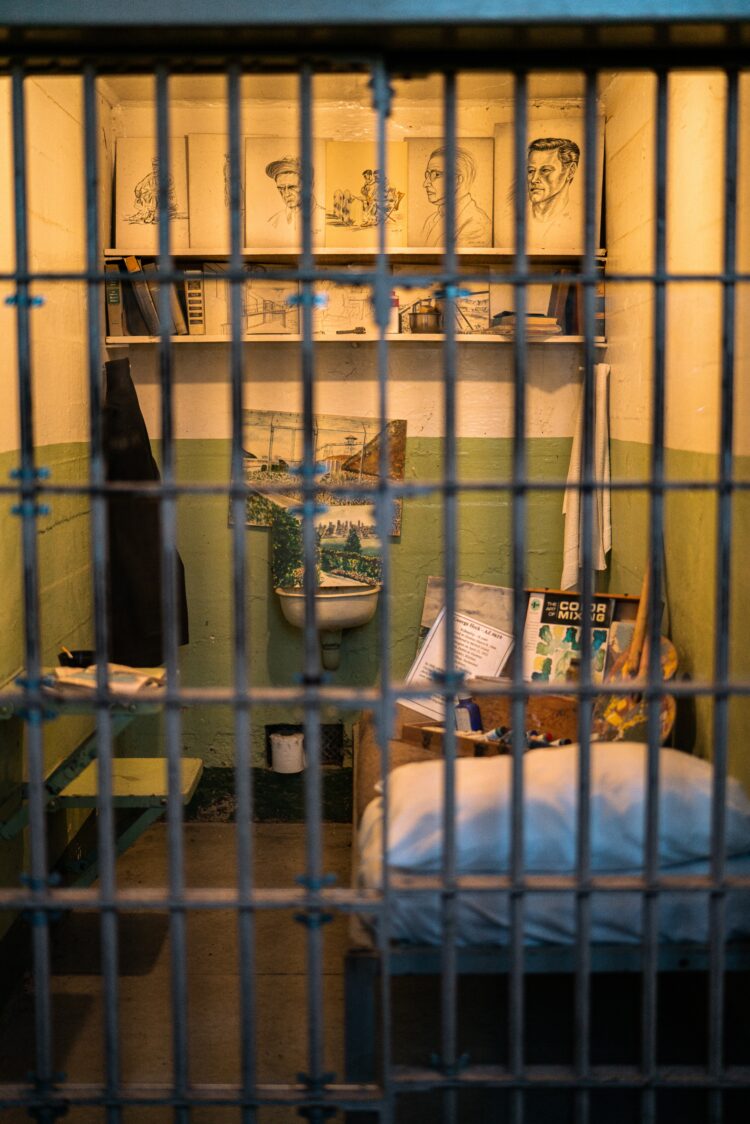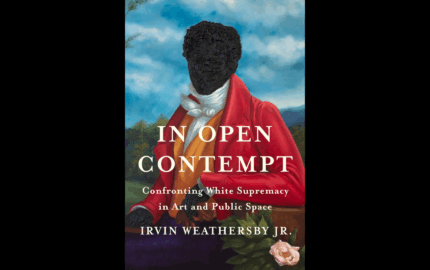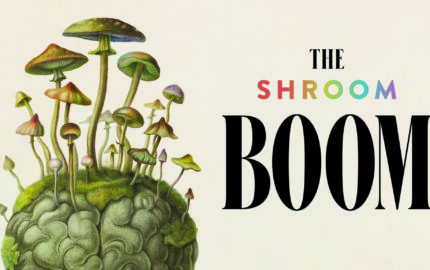By Jacqui Banaszynski
Prison stories are a special challenge for journalists. The gold standards of journalism are relevance and relatability. But it can be hard for many readers and listeners, if not most, to relate to people who have been incarcerated for things we like to think we would never do. And with prisons placed far off the usual roads and behind high walls, where what happens inside is hidden from public view, relevance usually comes down to cost. That can almost undermine relatability for the reader and taxpayer: People should pay for their crimes and yet ... here's what these people are costing me.
Despite those challenges, prison stories are a passion for many journalists. Prison-based projects are often the subject of proposals from investigative reporters or from reporters applying for project grants. Not a semester went by during my 17 years at the Missouri School of Journalism that didn't include a pitch from a student who wanted to explore injustices in the prison system.
Injustice is catnip to journalists. And from all the stories I've read over the years, prisons are rife with injustice: violence, racism, inadequate medical care, variable sentences, arbitrary parole rulings, isolation, controlled or limited access to productive physical and intellectual activities. And, of course, the biggest injustice: imprisonment of the innocent.
Underlying those obvious issues are other draws that line up like a constellation of journalistic ideals: Give voice to the voiceless, shine a light in the darkest corners of society, gain access to inaccessible worlds, understand the 'other.'
If someone did a legit survey of the public, listing a range of population groups people feel aren't like them — people who are "other" — I bet prisoners would top the list.
Over the years, Storyboard has featured quite a few prison-related stories. One of the favorite posts from my five years in the editor's chair remains "Letter from Sing Sing," It was written by John J. Lennon, a long-time resident of the Attica and then Sing Sing prisons in New York. He framed it as a letter to other inmates, encouraging them to get involved in a prison writing program. The craft advice he offers could serve as a blueprint for any writer.
Last week, Storyboard adds two more. One chronicles the case of a single mother in Oklahoma who was convicted under the state's "failure-to-protect" law when she failed to prevent her boyfriend from abusing her daughter; the mother received a 30-year-sentence — almost twice as long as the abusive boyfriend's. The other is an essay exploring what a successful narrative writer learned about writing and life from teaching a prison writing program.
I've done my own prison-based stories. I was an intern, fresh out of college, when I waded into a maximum security prison in Indiana to talk to "lifers." I have no memory of why I did that story; no doubt my bylined clip is long gone. But I have a keen memory of looking out one small window to see the prison recreation yard; just beyond it I could see the graveyard that became the end of the journey for those who never left.
Other prison stories followed, most in Minnesota, and some actually fun, like the softball game between a team from the max security prison there and a team made up of local celebrities and politicians. No memory of who won, but lots of jostling and laughter. Lots of normal.
I don't presume to claim wisdom about solutions to the entrenched and insidious damage that crimes does to lives and society. I have been around long enough to watch the go-nowhere cycle of prison reform philosophies, swinging from rehabilitation to retribution. I am no fan of the death penalty, but understand why some feel otherwise. I applaud journalists who commit their skills to innocence project cases, which is not the kind of work I've been drawn to.
What I am sure about is that the trend to ban books and decimate prison libraries is baffling and counterproductive. I feel even more strongly about that trend attacking our public schools and libraries, but I put incarcerated people on the list of those who can only benefit from depth and diversity of thought.
The next time I'm ready to take a stack of my books to a second-hand store, I'll first research whether they would be accepted at a women's prison here. And if not, I'll make my disagreement known.
Prison stories are a special challenge for journalists. The gold standards of journalism are relevance and relatability. But it can be hard for many readers and listeners, if not most, to relate to people who have been incarcerated for things we like to think we would never do. And with prisons placed far off the usual roads and behind high walls, where what happens inside is hidden from public view, relevance usually comes down to cost. That can almost undermine relatability for the reader and taxpayer: People should pay for their crimes and yet ... here's what these people are costing me.
Despite those challenges, prison stories are a passion for many journalists. Prison-based projects are often the subject of proposals from investigative reporters or from reporters applying for project grants. Not a semester went by during my 17 years at the Missouri School of Journalism that didn't include a pitch from a student who wanted to explore injustices in the prison system.
Injustice is catnip to journalists. And from all the stories I've read over the years, prisons are rife with injustice: violence, racism, inadequate medical care, variable sentences, arbitrary parole rulings, isolation, controlled or limited access to productive physical and intellectual activities. And, of course, the biggest injustice: imprisonment of the innocent.
Underlying those obvious issues are other draws that line up like a constellation of journalistic ideals: Give voice to the voiceless, shine a light in the darkest corners of society, gain access to inaccessible worlds, understand the 'other.'
If someone did a legit survey of the public, listing a range of population groups people feel aren't like them — people who are "other" — I bet prisoners would top the list.
Stories from and about the inside
Over the years, Storyboard has featured quite a few prison-related stories. One of the favorite posts from my five years in the editor's chair remains "Letter from Sing Sing," It was written by John J. Lennon, a long-time resident of the Attica and then Sing Sing prisons in New York. He framed it as a letter to other inmates, encouraging them to get involved in a prison writing program. The craft advice he offers could serve as a blueprint for any writer.
Last week, Storyboard adds two more. One chronicles the case of a single mother in Oklahoma who was convicted under the state's "failure-to-protect" law when she failed to prevent her boyfriend from abusing her daughter; the mother received a 30-year-sentence — almost twice as long as the abusive boyfriend's. The other is an essay exploring what a successful narrative writer learned about writing and life from teaching a prison writing program.
I've done my own prison-based stories. I was an intern, fresh out of college, when I waded into a maximum security prison in Indiana to talk to "lifers." I have no memory of why I did that story; no doubt my bylined clip is long gone. But I have a keen memory of looking out one small window to see the prison recreation yard; just beyond it I could see the graveyard that became the end of the journey for those who never left.
Other prison stories followed, most in Minnesota, and some actually fun, like the softball game between a team from the max security prison there and a team made up of local celebrities and politicians. No memory of who won, but lots of jostling and laughter. Lots of normal.
I don't presume to claim wisdom about solutions to the entrenched and insidious damage that crimes does to lives and society. I have been around long enough to watch the go-nowhere cycle of prison reform philosophies, swinging from rehabilitation to retribution. I am no fan of the death penalty, but understand why some feel otherwise. I applaud journalists who commit their skills to innocence project cases, which is not the kind of work I've been drawn to.
What I am sure about is that the trend to ban books and decimate prison libraries is baffling and counterproductive. I feel even more strongly about that trend attacking our public schools and libraries, but I put incarcerated people on the list of those who can only benefit from depth and diversity of thought.
The next time I'm ready to take a stack of my books to a second-hand store, I'll first research whether they would be accepted at a women's prison here. And if not, I'll make my disagreement known.



